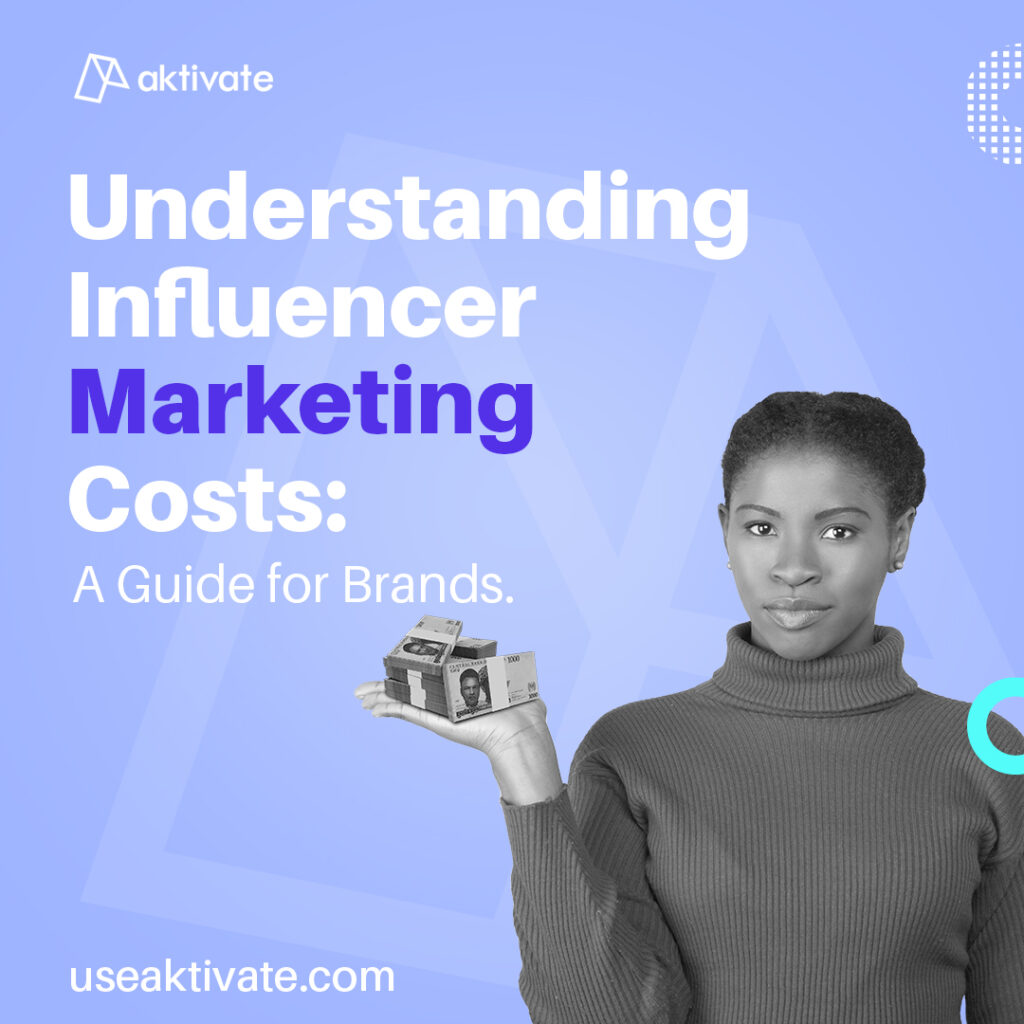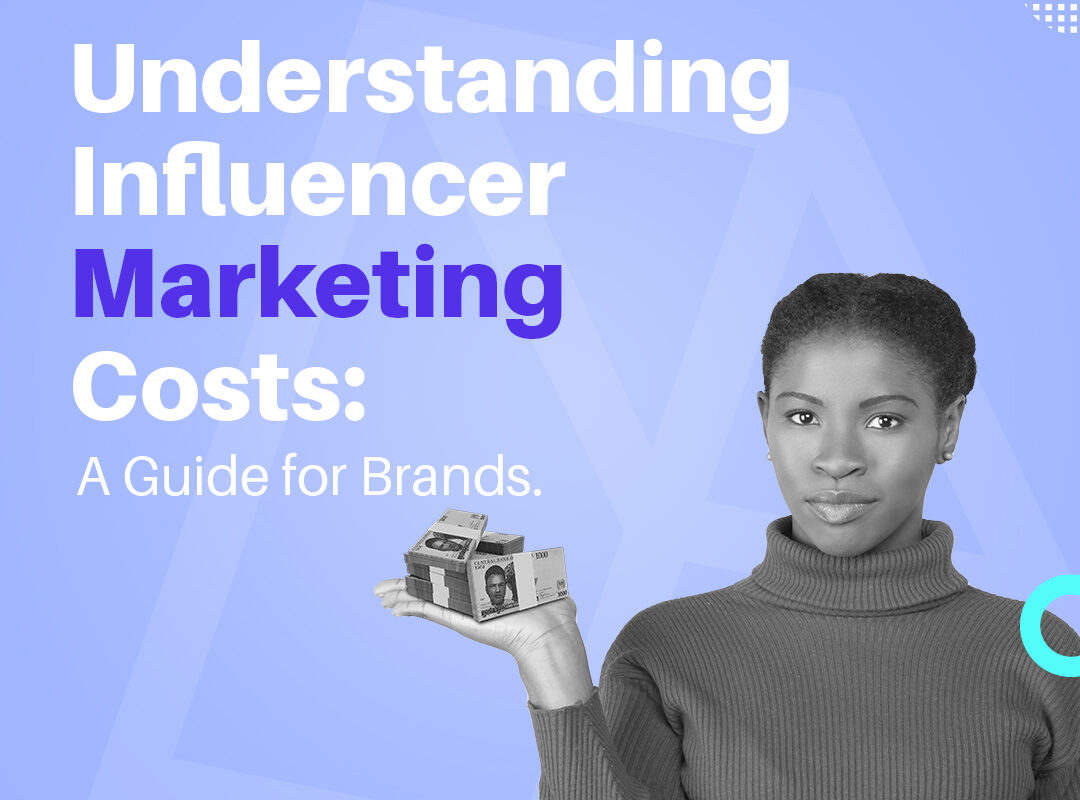Influencer marketing has become a powerful tool for brands looking to increase visibility, build trust, and drive sales. However, understanding influencer marketing costs can be a little tricky. Prices vary based on influencer type, audience size, engagement rate, and content format.
If you’re planning an influencer campaign, it’s essential to know what to expect regarding pricing and how to allocate your budget wisely. This article explores the key factors that influence influencer marketing costs and how brands can optimize their spending.
Curious about influencer marketing costs? Learn what factors influence pricing and how to budget effectively for your brand’s campaigns.

Factors That Influence Influencer Marketing Costs
Influencer Type and Follower Count
The type of influencer you choose significantly affects costs. Influencers fall into different categories based on their follower count. Types of influencers include:
- Nano influencers (1K–10K followers): Typically charge between $10 – $100 per post. They have a small but highly engaged audience.
- Micro-influencers (10K–100K followers): Charge between $100 – $500 per post. They are great for niche marketing and targeted campaigns.
- Macro influencers (100K–1M followers): Cost between $500 – $10,000 per post. They offer broad exposure and brand credibility.
- Mega influencers (1M+ followers): can charge anywhere from $10,000 to $100,000 per post. They provide massive reach but may have lower engagement rates.
Engagement Rate
Follower count alone doesn’t determine an influencer’s value. Brands also look at engagement rate, which measures how actively the audience interacts with content.
Influencers with higher engagement rates tend to charge more because their audience is more responsive.
A macro-influencer with low engagement might not be as valuable as a micro-influencer with a loyal, highly engaged audience.
Content Type and Platform
Different content formats come with varying price points. The platform also plays a role in pricing. Here’s a breakdown:
- Instagram Posts: $100 – $10,000, depending on influencer type.
- Instagram Stories: $50 – $5,000, as they have a shorter lifespan.
- TikTok Videos: $150 – $20,000 due to the platform’s viral potential.
- YouTube Videos: $500 – $50,000, depending on video length and production quality.
- Twitter Posts: $50 – $5,000, based on influencer reach and engagement.
- Blog Posts: $250 – $5,000, as they offer long-term SEO benefits.
Campaign Deliverables and Requirements
Influencers charge based on the complexity of a campaign. Costs increase when brands request additional services, such as:
- Multiple content pieces (e.g., a post, a story, and a reel).
- Exclusive rights to content for brand use.
- Long-term collaborations rather than one-time posts.
Industry and Niche
The industry you operate in also impacts influencer costs. Some niches, like fashion and beauty, have many influencers, leading to competitive pricing. Others, like finance and tech, require influencers with specialized knowledge, which may drive up costs.
How to Budget for Influencer Marketing
Define Your Campaign Goals
Before reaching out to influencers, determine what you want to achieve. Are you looking for brand awareness, engagement, lead generation, or direct sales? Your goals will help you decide on the type of influencers to work with. In addition, you should also understand what makes a good campaign strategy before defining your goals.
Choose the Right Influencer Tier
If you have a small budget, nano and microinfluencers offer the best value. They have strong relationships with their audience and often provide higher engagement rates. If you have a bigger budget, macro and mega influencers can help you reach a larger audience.

Consider a Performance-Based Payment Model
Instead of paying a fixed rate, brands can negotiate performance-based compensation, where influencers earn based on conversions, clicks, or sales generated. This ensures a higher return on investment (ROI).
Use an Influencer Marketing Platform Like Aktivate
Manually finding and managing influencers can be time-consuming. Platforms like Aktivate make it easier by providing the following:
- Influencer discovery tools to find the best match for your brand.
- Campaign management features to track performance and engagement.
- Secure payment options to ensure smooth transactions.
Final Thoughts
Influencer marketing costs vary widely based on influencer type, engagement rate, platform, and campaign complexity. Understanding these factors helps brands budget effectively and maximize their marketing ROI.
If you’re looking for an easy way to connect with the right influencers and manage your campaigns seamlessly, book a demo session with Aktivate today!





